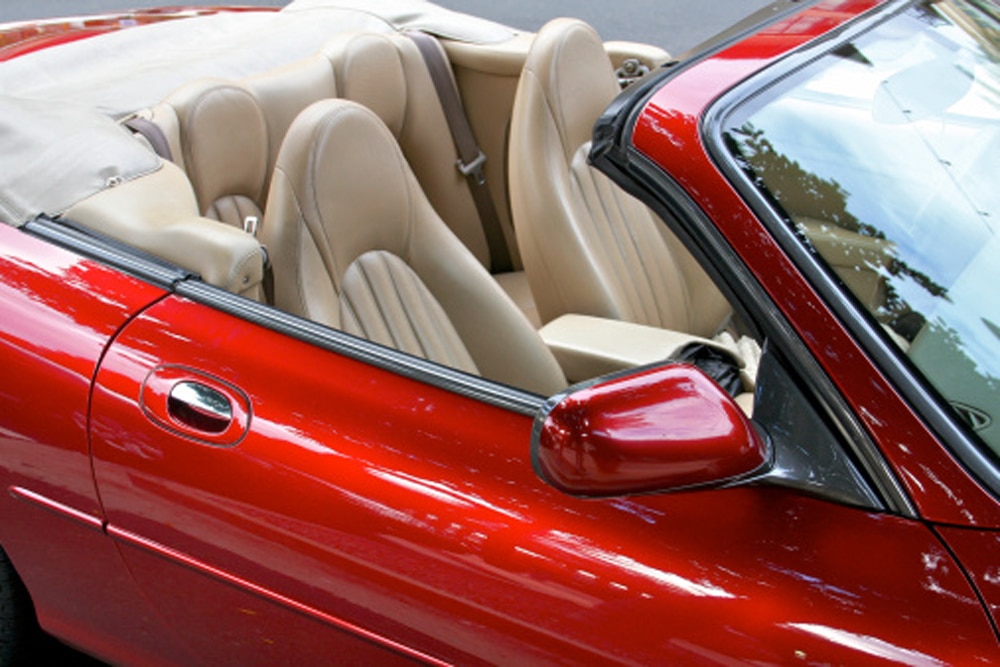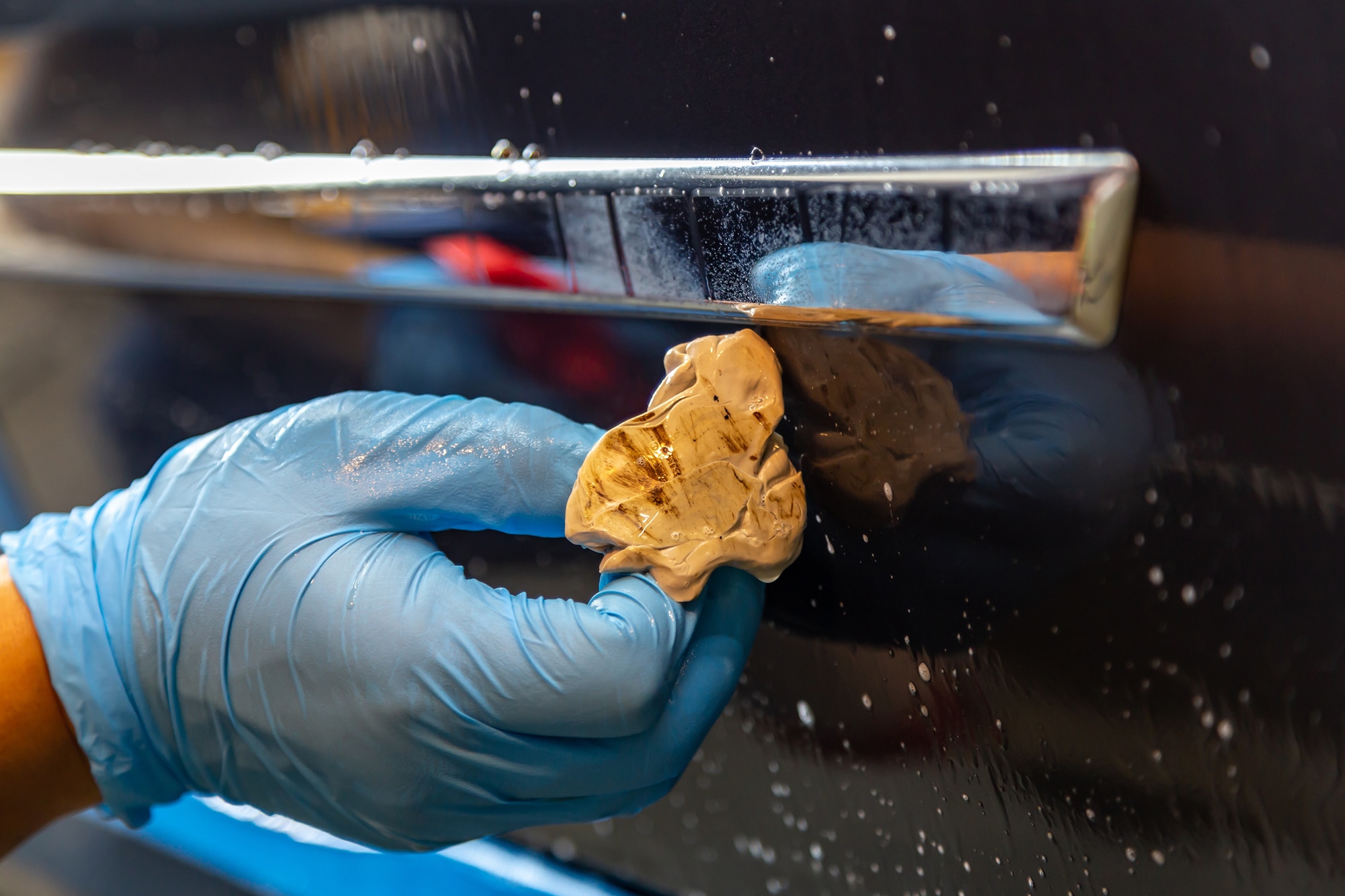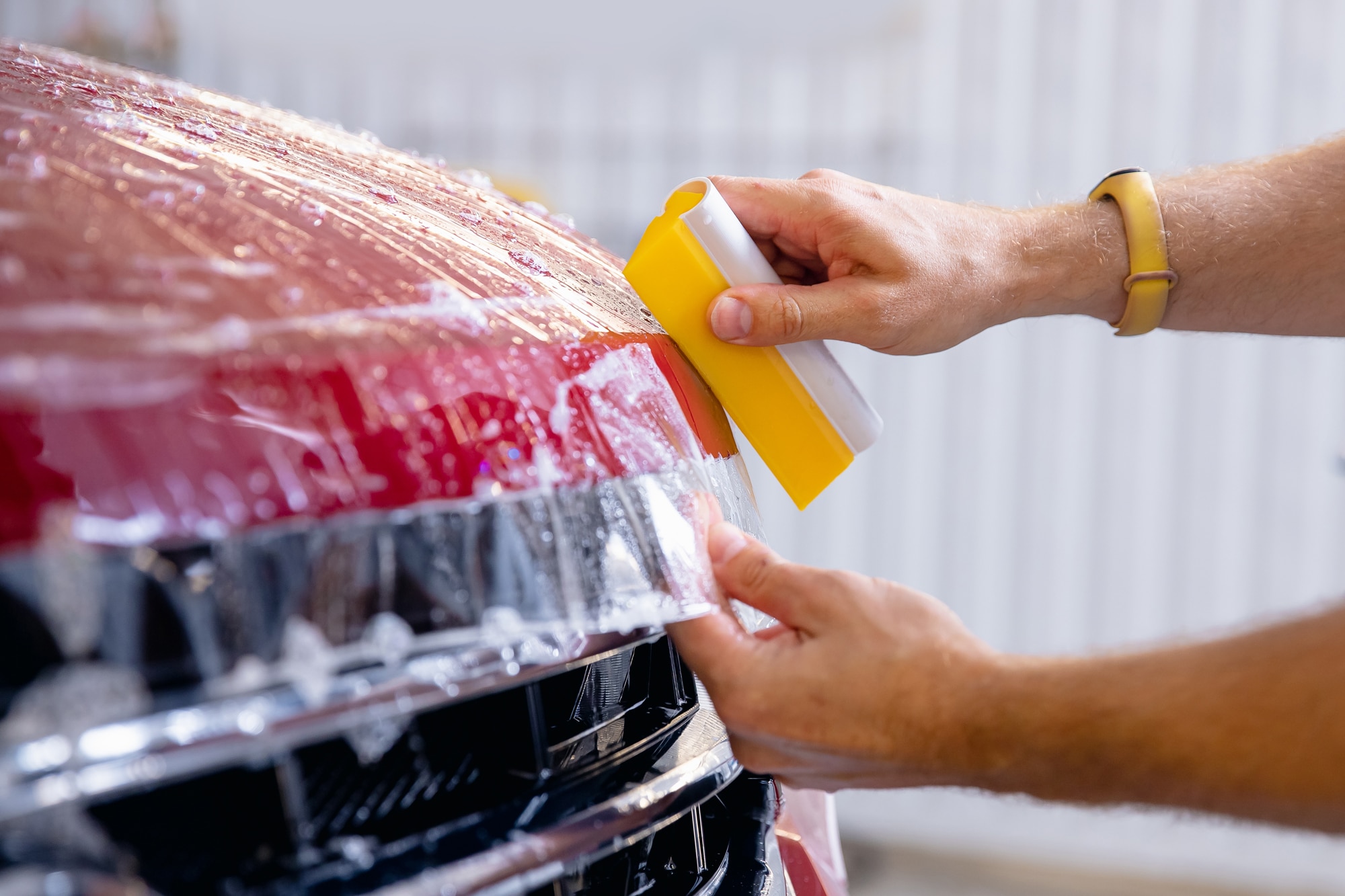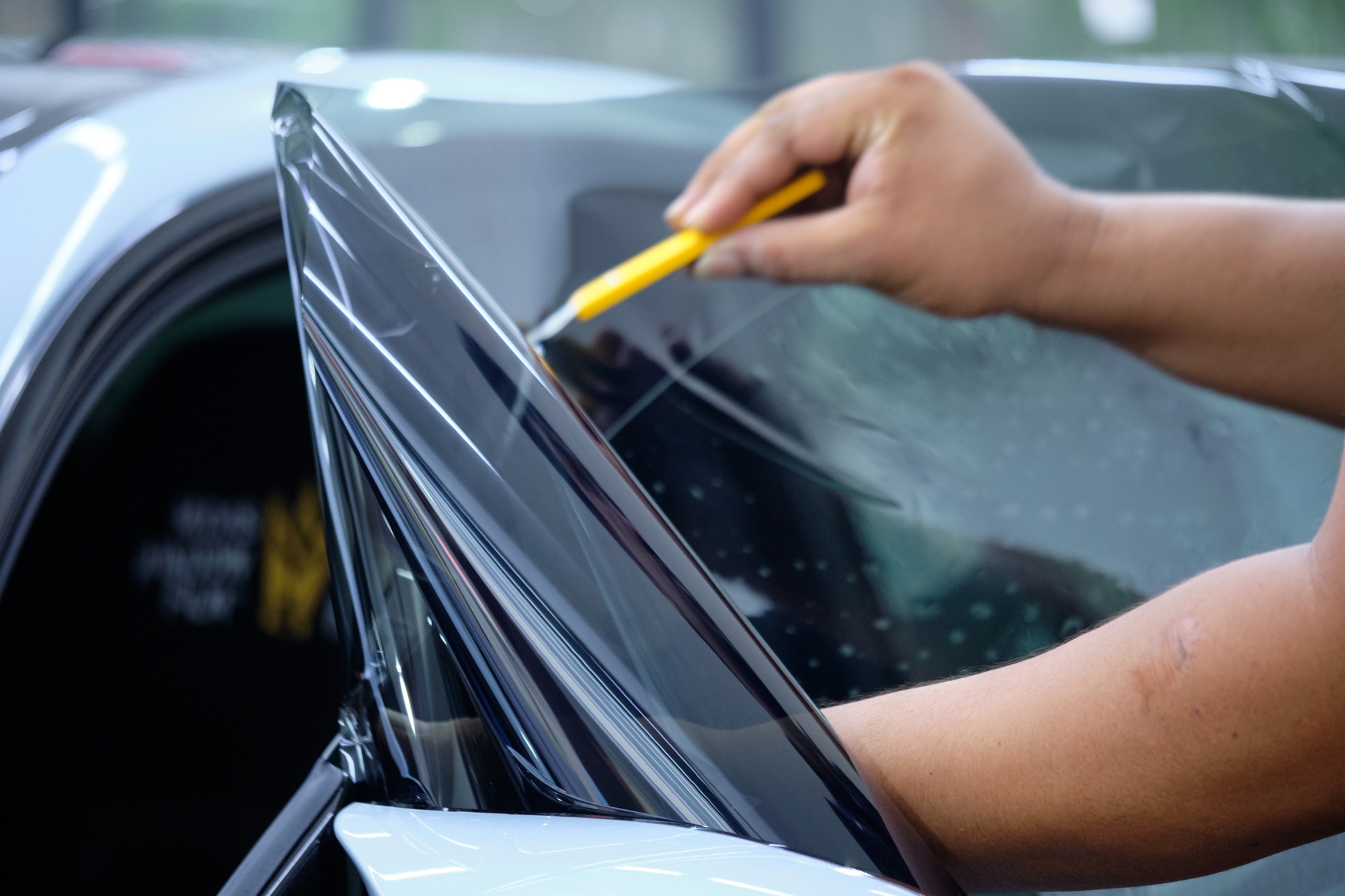Six Ways to Protect the Appearance of Your New or Used Car
If you care about your car’s paint and interior materials, you have several options for protecting it from the harsh environments a car operates in.
 Getty Images
Getty Images
Make all the

Clay Bar and Paint Correction
Even if you wash it regularly, your car’s paint collects stubborn contaminants like tar, sap, road-marking paint, and rail dust, small metal particles which leave bumps or rust spots behind. Using a clay bar—yes, literally a bar of specialized clay—to remove these contaminants produces a clean surface before applying a protective coating. This process can range from $30 to $50 in materials and a day of your own labor, or $100 to $200 at a reputable detailer. More extensive paint correction involves polishing and buffing the paint to remove swirls and scratches as well, with professionals charging anywhere from $500 to a few thousand dollars for this service.
 Getty Images
Getty Images
Ceramic Coating or Wax
Instead of sitting atop your clear coat like a traditional wax or sealant, ceramic coatings chemically bond to your car’s paint, resulting in better protection against water, grime, and UV light over a much longer period of time. Unfortunately, ceramic coatings are rather finicky to apply, and are best left to professional detail shops to apply. The process usually runs in the neighborhood of $1,000 to $1,500.
Traditional wax and sealant can provide similar protection at a much lower cost ($100 to $200 at a detailer) but will need to be removed and reapplied much more frequently.
 Shutterstock
Shutterstock
Paint Protection Film
PPF provides protection against scratches from stones or other debris and can be applied nearly anywhere – in fact, some films are designed to reduce the chances of chipping a windshield. Installation costs vary greatly based on the initial paint polishing required, along with the quality and quantity of PPF material used. For a full front-end treatment, don’t be surprised to see quotes in the neighborhood of $1,000.
Undercoating or Rust Prevention
Sometimes the Rust Belt’s road salt can be a little too much for an automaker’s best attempts at combating rust. Aftermarket rust prevention treatments–either petroleum-based like Krown and Fluid Film, or lanolin-based like WoolWax - can further prevent corrosion on a car’s underpinnings. Expect most shops to apply these coatings for under $200.
Spray-in bedliner
Hauling cargo in a bare pickup bed can quickly leave unsightly scratches. Compared to traditional molded plastic “drop-in” bed liners, a spray-in bedliner coating adheres directly to every surface, providing similar protection while eliminating spaces where dirt, debris, and water can accumulate and promote corrosion. While spray-in liners are often offered as factory-installed options, if you happen to find the perfect truck that doesn’t have that option included, aftermarket vendors like Line-X or RhinoLiner can apply one for roughly $500 to $600.
 Shutterstock
Shutterstock
Ceramic Tint
Window tinting can be more than just for looks. Ceramic tints include a ceramic layer that helps reflect UV rays and solar energy, keeping your car cooler while protecting interior materials from discoloring or cracking over time. Installation costs will vary on the amount of film used–which will also vary depending on local tint laws in your state.
Written by humans.
Edited by humans.
 Evan McCausland
Evan McCauslandCar, truck, train, or bus—if a vehicle has wheels, chances are Evan McCausland is interested in it. More importantly, he’s interested in helping others learn more about cars and trucks, especially when it comes time to make a decision on their next vehicle purchase. For nearly two decades, he’s been fortunate to have the opportunity to do just that, writing for major automotive publications, automotive clubs, and automakers alike.
Related articles
View more related articles